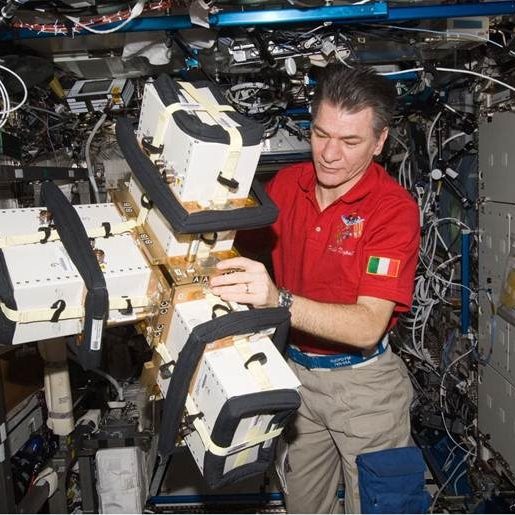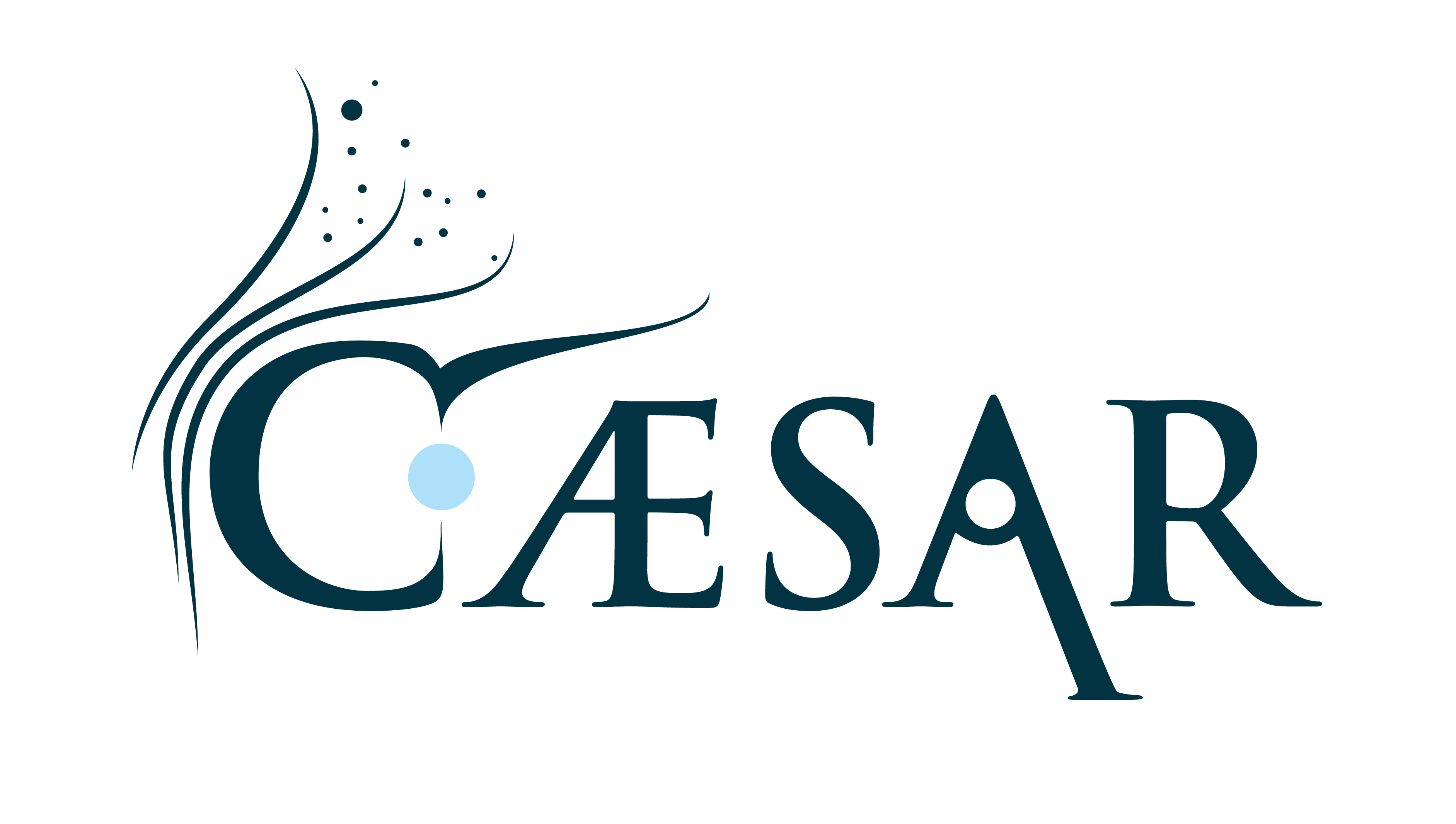WP1720
WP1720
Human Exploration
WP1720 goal is the characterization of the radiation environment onboard ISS in order to let human exploration of space safe and secure. Space radiation inside the ISS is mostly composed by Galactic Cosmic Rays (GCR), Solar Particle Events (SPE) and trapped particles in the South Atlantic Anomaly (SAA).
GCR are composed by completely ionized ions, from hydrogen to iron and above (the fluxes drop significantly for the charge Z>26). About 90% of these are protons, 9% helium ions, and 1% heavier ions. The heavier ions, however, are more effective in damaging living tissues, so their contribution to the risk is comparable to the one of protons, even if their flux is so much lower. The spectra of all ions have a maximum at about 1-2 GeV/nucleon. GCR are isotropic: each volume is hit by radiation from all direction with equal intensity, and they are modulated by solar activity: they are maximum during low solar activity and minimum during high solar activity.
SPE are sporadic, of short duration (hours, days), intense (orders of magnitudes higher rates than GCR), non-foreseeable, and mostly constituted by protons with energy spectra peaking about one order of magnitude lower than GCR. SPEs travel through the solar system around the solar magnetic field lines, and therefore each SPE present a peculiar direction hitting specific points in the solar system. The probability of SPE occurrence is higher during periods of higher solar activity.
The SAA is a region where Earth’s inner Van Allen radiation belt comes closest to Earth’s surface, down to an altitude of 200 km and thus intersecting ISS obit (at about 400 km), due to by the non-concentricity of Earth and its magnetic dipole. This region is characterized by an increased flux of trapped particles (mostly protons of about 100 MeV energy) in this region that exposes astronauts to higher-than-usual levels of radiation.
WP1720 will provide information about particle fluxes, energy spectra and dose rates filtered by time and/or geomagnetic coordinates based on data from LIDAL (2020-ongoing) and ALTEA (2006-2012) detectors. LIDAL (Light Ion Detector for ALTEA) is an upgrade to ALTEA detector, designed to trigger ALTEA and perform Time-Of-Flight measurements, based on two layers of plastic scintillators put at both ends of a silicon telescope composed by three SDUs (Silicon Detector Unit) of ALTEA , in order to study in detail the low-Z part of cosmic ray spectrum and to enhance the Particle Identification (PID) capability of the system.


